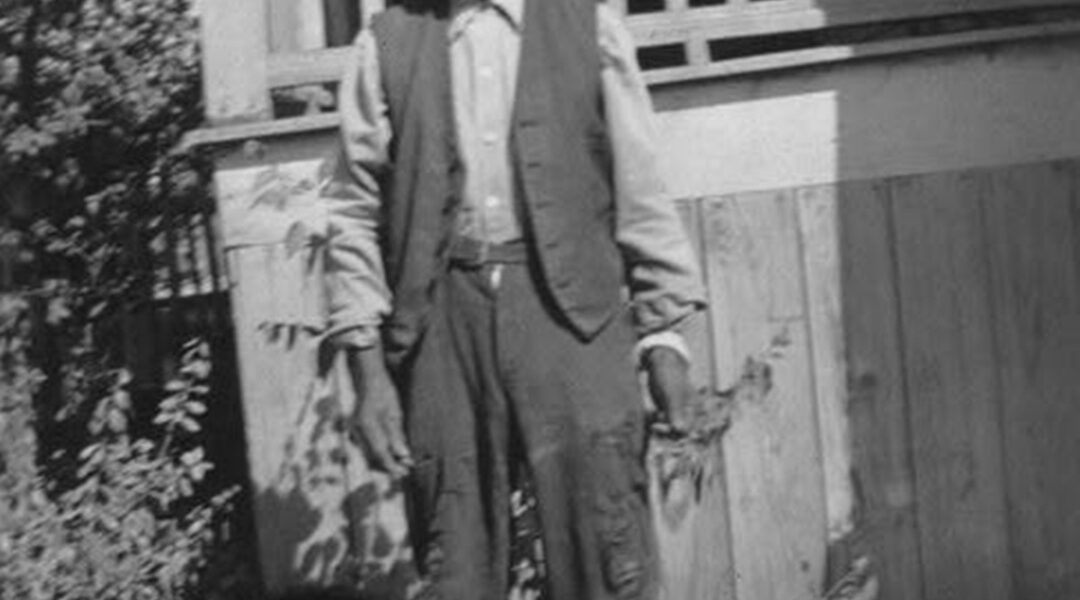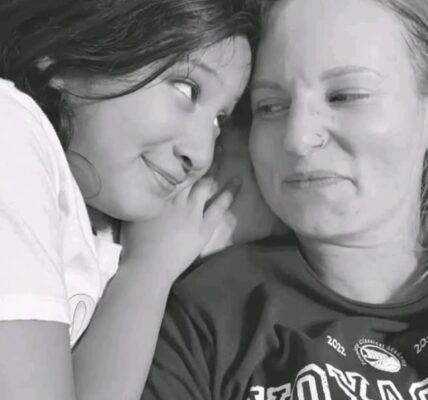Born in Bondage: The Life and Memory of John Crawford

John Crawford was 81 years old when he shared his story, a man who had lived through slavery, emancipation, and the long, difficult years that followed. His life was not one of wealth or glory, but of endurance, family, and quiet strength—the story of a man who carried history in his bones.
Childhood on the Rector Plantation
“I was born on Judge Thompson Rector’s plantation,” John said, “back before Manor was ever there.” His mother, Viney Rector, had been brought from Alabama by the judge himself. She spent her days milking cows, twice each day without fail. John, still a boy, had his own task: turning out the calves. The calves would often bolt straight toward their mothers, rough and eager, but John’s small hands had to keep them back.
His stepfather was Tom Townes, a man who belonged on the Townes place. “He could make most everything,” John remembered proudly. Plows, horseshoe nails, furniture—Pap Townes was a craftsman, and though he wasn’t John’s blood father, he was good to the boy.
John never knew his real father. His name was Crawford, and he had been sold away before John was born. Later, when John grew into a man, he took his father’s name as his own, a way of holding onto a legacy stolen before it could begin.
Despite the hardship of slavery, John admitted, “I didn’t have no hard time, noway.” The judge issued rations each Sunday morning, and there was always bacon, side meat, and molasses. On Christmas, the enslaved were given a red handkerchief and a bottle of liquor. “The judge liked his liquor,” John chuckled, “that’s why he always had it on the place.”
There were even visits from Native Americans. “Many was the time Injuns come to Jedge Rector’s place,” John said. “They wasn’t mean Injuns, just always beggin’. The jedge give them something, always.”
But there was one thing John never received as a child: an education. “Nobody larnt me my A B C’s,” he said quietly. “I can’t read and write to this day.”
The Day of Freedom
John remembered the morning freedom came. The enslaved were told not to go to the fields that day. Instead, they gathered at the big house. Judge Rector tried to speak, but his voice failed him. “He hated to lose his slaves, I reckon,” John said. The judge’s son-in-law had to take over: “You folks am now free and can go where you wants to go. You can stay here and pick cotton and git fifty cents the hunerd.”
Only two families stayed. The rest packed what little they had and left, stepping into a freedom filled with uncertainty.
There had been talk—forty acres and a mule, they said. Land and livestock to start anew. “But we never did git it,” John said simply.
Instead, freedmen like John became sharecroppers. At first, they rented land “on the halves”—half for them, half for the landowner. Later, some did better and moved to thirds or fourths. “You git three bales, the boss git one,” John explained. But it meant buying your own teams, your own seed, and carrying the debt season after season. It was freedom, but it was a hard freedom.
The Shadow of the Klan
Freedom also brought danger. The Ku Klux Klan roamed the county, terrorizing freed people, chasing them, beating them. “They made a lot of devilment,” John recalled. Some of the freedmen, tasting liberty for the first time, became reckless. “They gits wild,” John said. “They won’t work or do nothin’ and thinks dey don’t have to.”
But John and his family kept to themselves. They stayed on the farm, worked hard, and avoided trouble. That, he said, kept them safe.
Building a Family
In 1877, John married a woman named Fannie Black in a small place called Sprinkle. “It wasn’t such a town, just a li’l place,” he remembered. Together, they built a life that endured for more than half a century—fifty-two years and four months of marriage before Fannie passed away, eight years before John told his story.
They had seven children, and all survived. “Four is here in Austin,” he said with pride, “two in California and one in Ohio.” For a man who had been born in bondage, to see his children scattered and thriving across America was a triumph in itself.
Now widowed and aged, John lived with his daughter Susie in Austin. He received a small pension, nine dollars a month, but his real comfort came from Susie’s care. “I ain’t got long to go now,” he said quietly, “’fore de Lawd gwine call me.”
A Life Remembered
John Crawford’s story was not one of headlines or fame. He did not rise to power, and he never learned to read or write. But his life carried the weight of history.
He was born into slavery and lived to see freedom. He watched as promises of land and mules evaporated, as the Klan cast fear across the South, as sharecropping replaced bondage with poverty. Yet he endured. He worked, raised a family, and lived to old age under the care of his children.
“Its a fac’,” he said, “we was told we’d git forty acres and a mule. Dat de talk den, but we never did git it.”
His words remind us not only of what was taken from millions like him, but of the strength it took to survive anyway.
John Crawford’s life was a testament to quiet resilience. Born enslaved, he lived free. He worked the land, raised seven children, and carried history in his memory until the day the Lord called him home.




